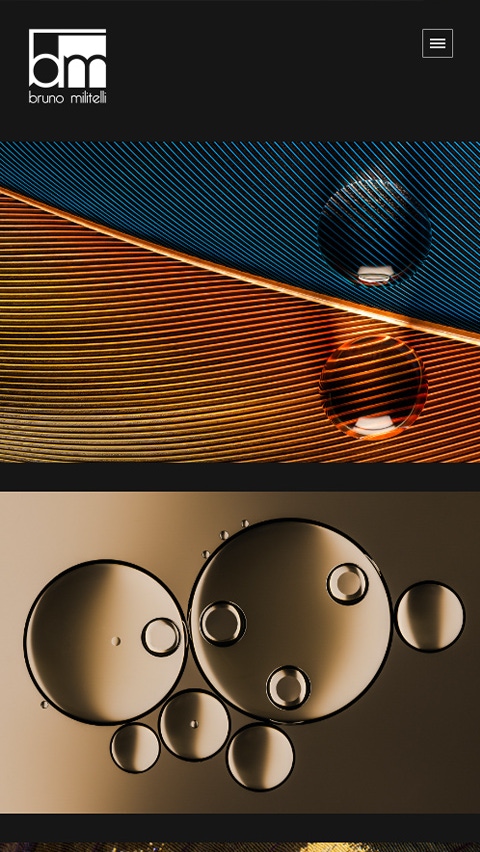Abstract Manifestation
Bruno Militelli is a Fine Art Photographer based in São Paulo, Brazil, and is a contemporary visual artist who uses macro photography to present a unique portfolio focused on the processes, elements and experiments that permeate his creations.
Between abstraction and figuration, Bruno Militelli captures nature in its finest details. With the macro photography as a stepping stone, the artist overcomes the limits of vision and enters the minutiae of each of the photographed objects. Precision and focus are guides to the process, the poetics of the work develops, with near laboratory techniques, from the uncovering of the particularities of nature that fail to be seen or even go easily unnoticed. Compositions made from the manipulation of objects, lights and colour enable sensible gaze and incite curiosity, Bruno portrays nature as abstract manifestation, transcending the materiality of the elements which it is composed of.
We got in touch with Bruno to find out more about his work. Read what he had to say:
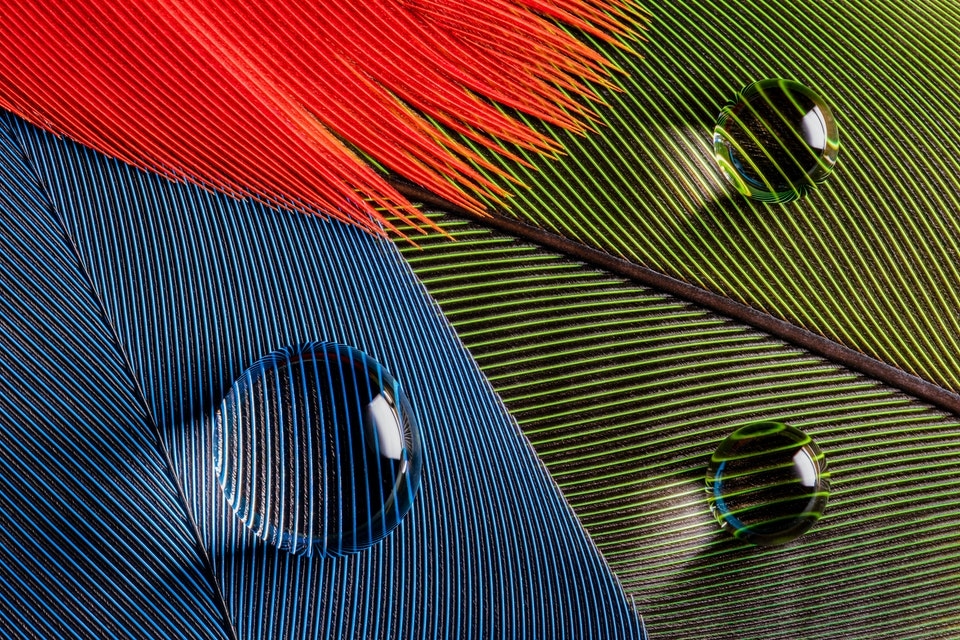
Fabrik: We’re so pleased to have you as a Fabrik Hero! To begin, we'd love for you to share a bit more about yourself in your own words?
Bruno Militelli: "I'm Bruno Militelli, Brazilian and specialized in the field of macro photography. I started photographing in 2012 and since then I have been fascinated by creating abstract images. Curiosity has always been an important guide in my creative process, the craving to explore different processes, natural elements and scientific experiments is certainly my leading inspiration. It was through the macro photography that I was able to transform this inner desire into a form of artistic expression."
Fabrik: How did you start in photography? Was it always macro or did you shoot other styles of photography?
Bruno Militelli: "Before I started on macro photography about for years ago, as many other photographers I know, I ended up exploring many different genres, there was a time that I really enjoyed doing night photography with long exposures, landscape photography has always fascinated me too, but as soon I got my hands on my first dedicated macro lens, I realized that there were so many opportunities to create incredible abstract images just through the observations of the small details from nature."
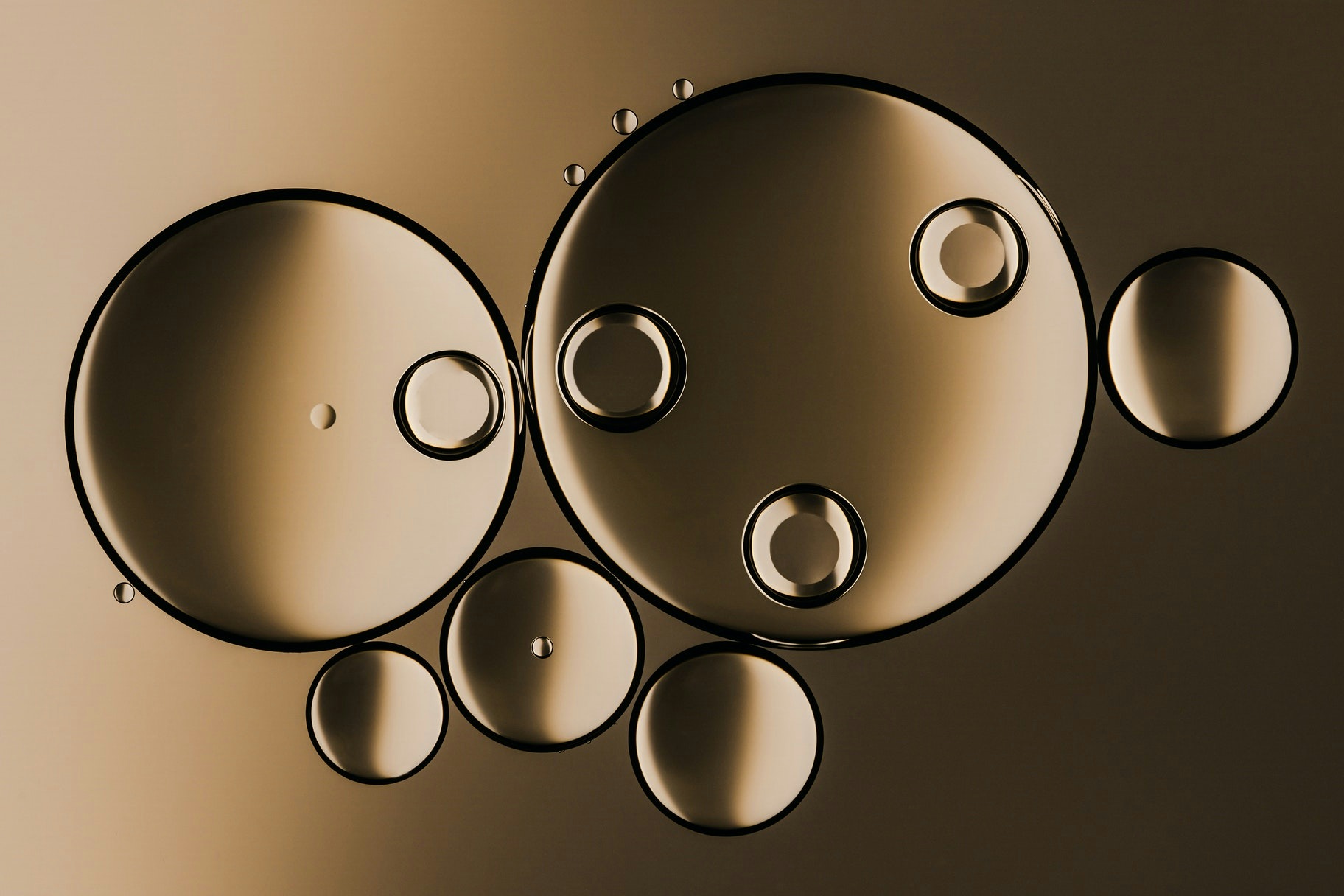
Fabrik: You focus on capturing nature in its smallest details, what do you love most about shooting in macro?
Bruno Militelli: "My passion for macro photography has grown naturally out of the will to see nature up close, especially the incredible patterns and textures that are difficult to see with the naked eye, from many natural elements, like the veins from a dry leaf, feathers, crystals I bought on a store or maybe a shell I found on the beach. Over time I came to see my macro lens as a modern instrument capable of transporting me to a new and unexplored world."
Fabrik: What gets you inspired before shooting a project?
Bruno Militelli: "Everything happens very naturally, there is always some initial stimulus that makes me think of an idea to be explored in macro photography, usually still very raw and that will need a lot of time and experimentation.
From there I start researching the process and the elements that I will need, and how I will get and treat these elements to create the images that are in my head. Anything can serve as inspiration, from some object I find in nature, something I see on my Instagram feed or even the work of other artists, I'm always in observer mode. "
"...It was through macro photography that I was able to transform this inner desire into a form of artistic expression."
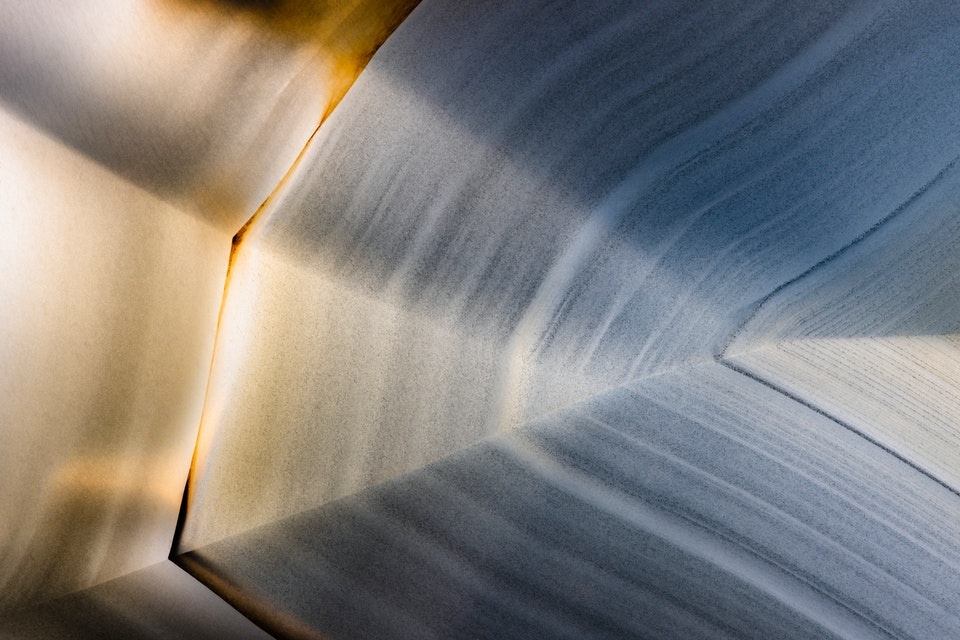
Fabrik: Your work portrays nature as an abstract manifestation, transcending the materiality of the elements that compose it. What draws you to these themes, and in particular, abstraction and figuration?
Bruno Militelli: "One of the challenges of macro photography is how it can be more than what it just depicts, how it can bring in other levels of understanding and suggestions of meaning. The classic macro photography style normally becomes too literal.
So, by using a different and more creative composition, as I moved close and isolated the element in the frame, I’m able to transform the geometric shape and pattern of the object into my vision, my own viewpoint, taking the observer's common sense of scale. By removing the context of the subject, my images become very abstract, putting the viewer in a position to speculate what it is they are seeing. The abstract forms in the natural world always fascinated me!"
Fabrik: What are your favourite tools for the shooting process and the post-processing of your images?
Bruno Militelli: "As the vast majority of my work is carried out in the studio, where I can control all the variables, my creative process depends a lot on the equipment, lighting, tools and other utensils that I have at my disposal to create my art, it took several years to assemble my work setup in the studio and nowadays when I have an idea I can execute it more easily.
It's funny that when someone from the outside discovers the amount of rattletrap and small utensils I keep, which apparently has no function, they end up thinking I'm a little crazy, like a frustrated science teacher, but everything at some point can serve to create something unique."
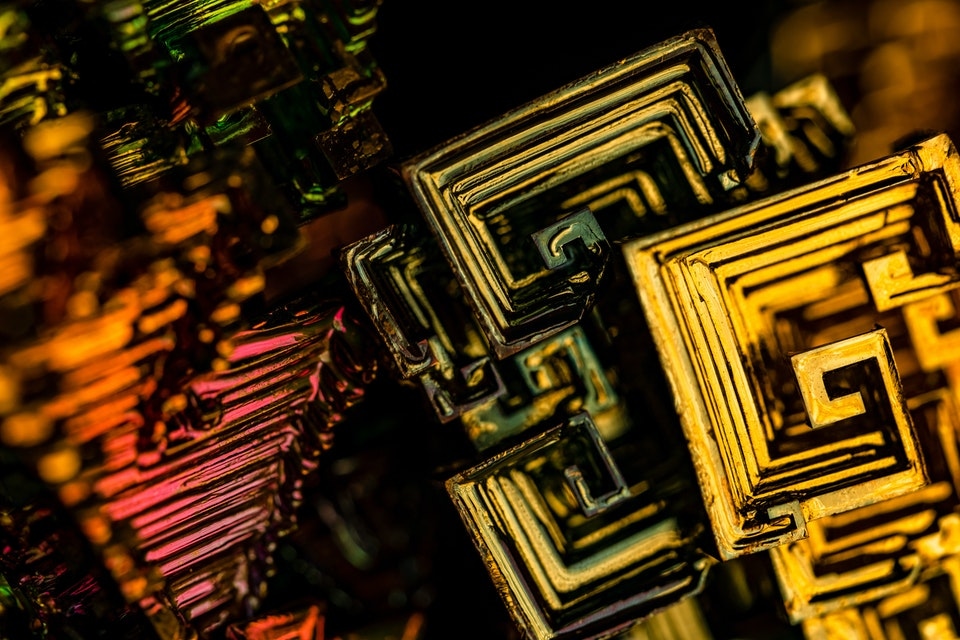
Fabrik: What would be on your dream kit list?
Bruno Militelli: "In fact, I am very satisfied with the equipment I currently use, if I were to make any upgrade, I would like a camera with more resolution within the ASPC Fujifilm system. For my macro approach the main equipment is the fixed macro lens, the XF 80mm f/2.8 from Fujifilm that I use in together with the X-T3 camera. Certainly, having a dedicated lens for macro photography is important to ensure a closer approximation of the object and image clarity. I’ve to say that this setup is perfect for macro shooting, the image quality really stands out.
But the most important equipment is my Aputure LED panels, model AL-MX and AL-MC RGB!
The quality of light is certainly the big difference in any type of photography, and in macro this is no different, these panels for being small, powerful and very practical, it has always been my inseparable companion for the creative process within macro photography, because it gives me a lot more control and possibilities to choose the ideal lighting type for each image. I actually have two of each of these panels at my disposal on my studio."
"...By removing the context of the subject, my images become very abstract, putting the viewer in a position to speculate what it is they are seeing. The abstract forms in the natural world always fascinated me!"
Fabrik: Is there a particular photo or project of yours that stands out as your favourite? If so, what's the story behind it?
Bruno Militelli: "Yes, I have a particular photo that is called “Botanic Loop” and is part of my “Maracujá” collection, it was this photo that stood out in some international awards and brought a lot of recognition to my work.
I believe that the great differential of this image was the perspective and editing I used to portray such a simple element of nature, bringing a totally unusual viewpoint on the morphology of the passion fruit tree. These intriguing structures of climbing plants, known as tendrils, are important parts that are used to fix in other branches and leaves, rolling these extensions and serving as support.
I composed this photo and showed this subject in an abstract way to create imaginative experiences, inviting the viewer to get lost in the personal interpretation of these helical formations.
The whole collection was edited in black and white because it only intends to explore the shape and texture of these spiral-shaped filiform structures which, at first glance, may appear to be man-made. I think this image can easily be mistaken for a spiral cable, a wire or even a pipe."
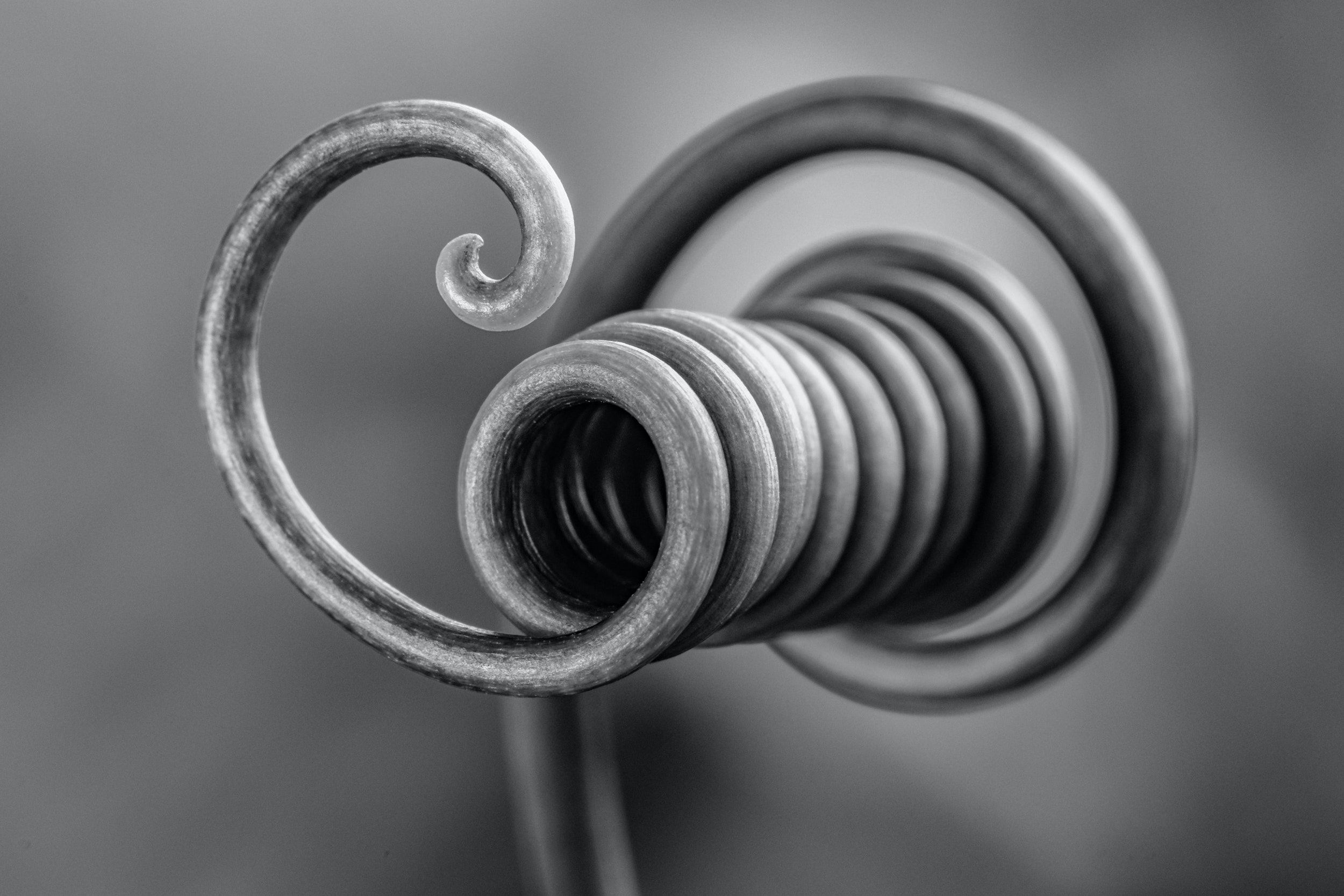
Fabrik: What would you say are the five things you need to consider when taking a macro photo?
Bruno Militelli: "Macro can be a very satisfying genre of photography. It can open a new world of almost countless creative possibilities, but for me the biggest difficulty in macro photography is sharpness and clarity, many times it's problem that can put off newcomers and the experienced photographers too.
The first thing you should consider that can become a problem when focusing on a macro subject is the short depth of field. As you are too close to the subject, the depth of field starts to be very shallow. Knowing how to use the manual focus on your lens will bring much more precision, it is not an advantage to depend on the ability of your camera to focus on the automatic mode, the system just can’t cope with the high magnifications that macro images require.
The second thing is the magnification, because you are shooting a highly magnified image nailing focus can be hard, especially if you are hand-holding the camera, and sometimes with a too slow shutter speed for the level of approximation. In this case a slight movement backwards or forwards from the subject will easily turn the image to be almost totally out of focus.
The third is the ability to use the camera's features to your advantage, macro is a very technical style, so it's important to know in depth the different functions and tools that are available and that will help you a lot to achieve a good result.
The fourth thing is the type of equipment you are using, there's not much to do to get around it, this style requires specific equipment ranging from the use of a specific lens, a tripod, a remote shutter release and a good light source.
The fifth and last one is certainly the composition, that is still what will differentiate a good photo from a spectacular photo. The objective of macro photography is not only to capture small objects and details, but also transform the ability to record images into a form of artistic creation, learning the many types and rules of composition it will help to think out of the box. It's significant to be technically good with a camera, but without an understanding of the intricacies of composition your photos might not be so inspiring."
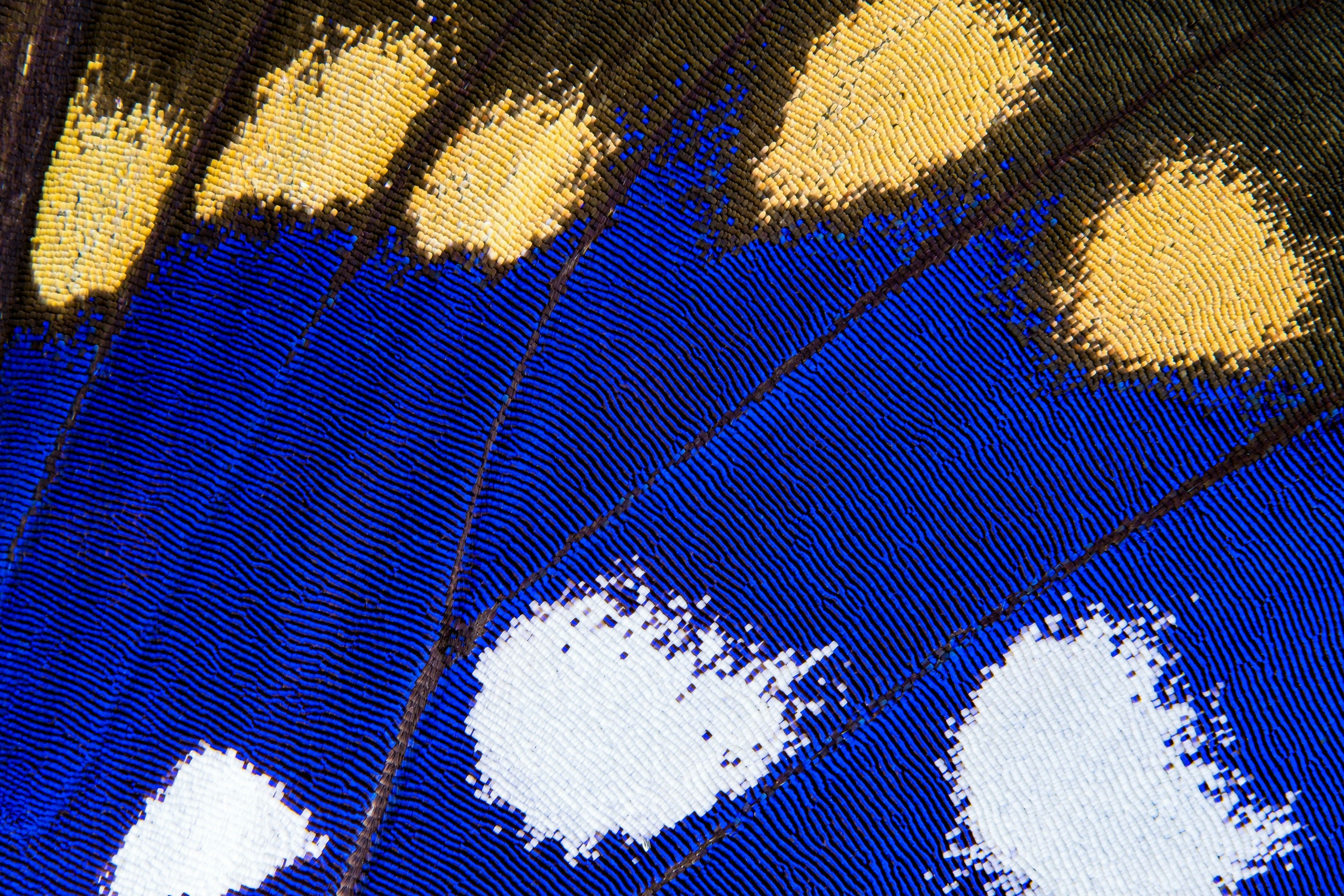
Fabrik: Can you give us insight on any projects you’re currently working on?
Bruno Militelli: "I have so many project ideas going on, I'm currently enjoying working with several scientific experiments, I started to explore the crystallization of chemicals, polarization of light and even magnetism for example.
I'm also working on a collection whose main object is circuit boards from older electrical and electronic equipment, I'm looking for these boards with people I know because everyone has old equipment at home that is no longer useful, so I take this opportunity to find out what's underneath these carcasses and how I can use them to create futuristic images through my macro perspective.
The cool thing that now with the possibility to exhibit this to the NFT world, and with the recognition of my work among collectors, I started to take these crazy ideas off paper to be able to present a peerless work to my new public on the web3.
My objective is to show something totally unique in my presence in the NFT photography space, with a more graphic, modern, and conceptual identity within macro photography that I believe will resonate more with collectors.
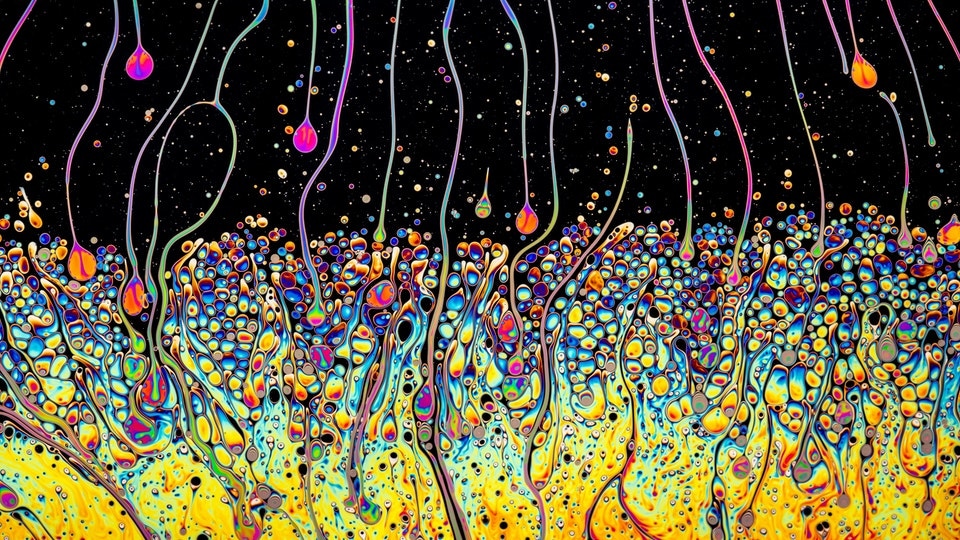
Fabrik: Why did you decide on a portfolio site for your work? And what other platforms or tools do you use to promote your work and expand your audience?
Bruno Militelli: "Simply because my artwork is based on photographic series, I like to present the collections separately as individual projects, showing my work on a portfolio site was a big turning point on my career, putting together all my series as a portfolio gave much more credibility to my work, it helped my art to stand out and it kind of created a unique identity to me as a specialized abstract macro photographer too.
Nowadays, in addition to my website, I also use Instagram and Twitter to promote my work and find my audience and collectors. I use these two platforms for very different purposes, Instagram I directed to promote my work to my audience in Brazil, where I sell my work as Fine Art prints for the domestic market, and Twitter to further my work in a more international way and mainly to show my work to NFT collectors, who are mostly active on Twitter."
"...Over time I came to see my macro lens as a modern instrument capable of transporting me to a new and unexplored world."
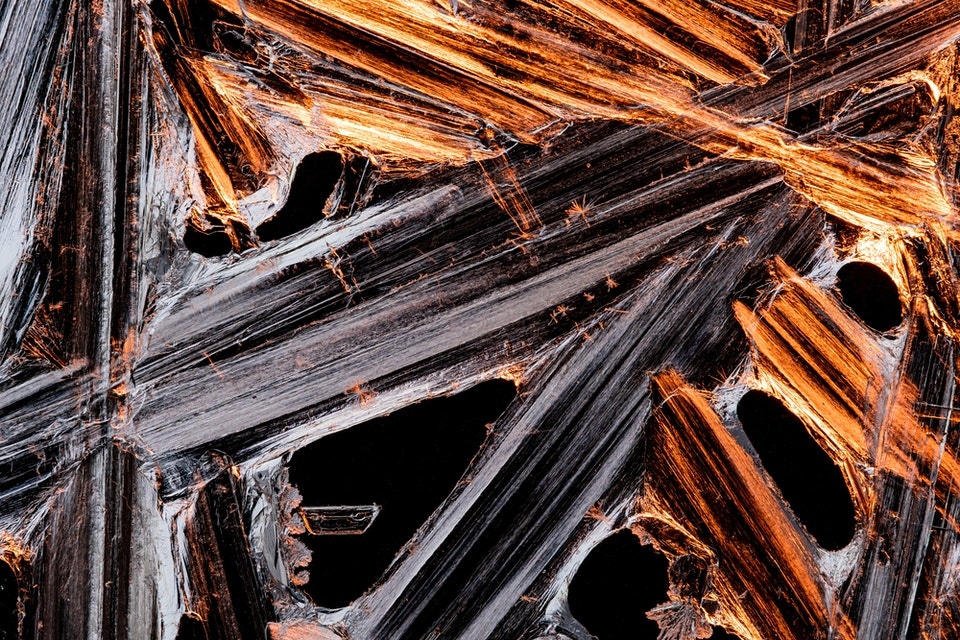
Fabrik: Final question. What do you like most about Fabrik? What's your favourite feature?
Bruno Militelli: "I did a lot of research before choosing Fabrik, in fact I had already created a portfolio on another platform previously, but when I discovered and tested it for a few days I decided to change and started creating my new portfolio at Fabrik.
I really like how easy and fast it is to include new collections on the platform, in a few minutes I can create a new project and put it online with the certainty that it will look gorgeous. I'm also a fan of the layouts available for the galleries, there are many customization options, and I must admit that visually these galleries are beautiful and extremely flashy. To this day, there is nothing I wanted to do in my portfolio site that Fabrik's platform tools could not meet my needs."
Bruno uses Canvas, a feed-style theme featuring a sidebar and layout options aimed at providing more control over the placement of text and images. A great choice for portfolios that require images to be displayed uncropped or in portrait format.

